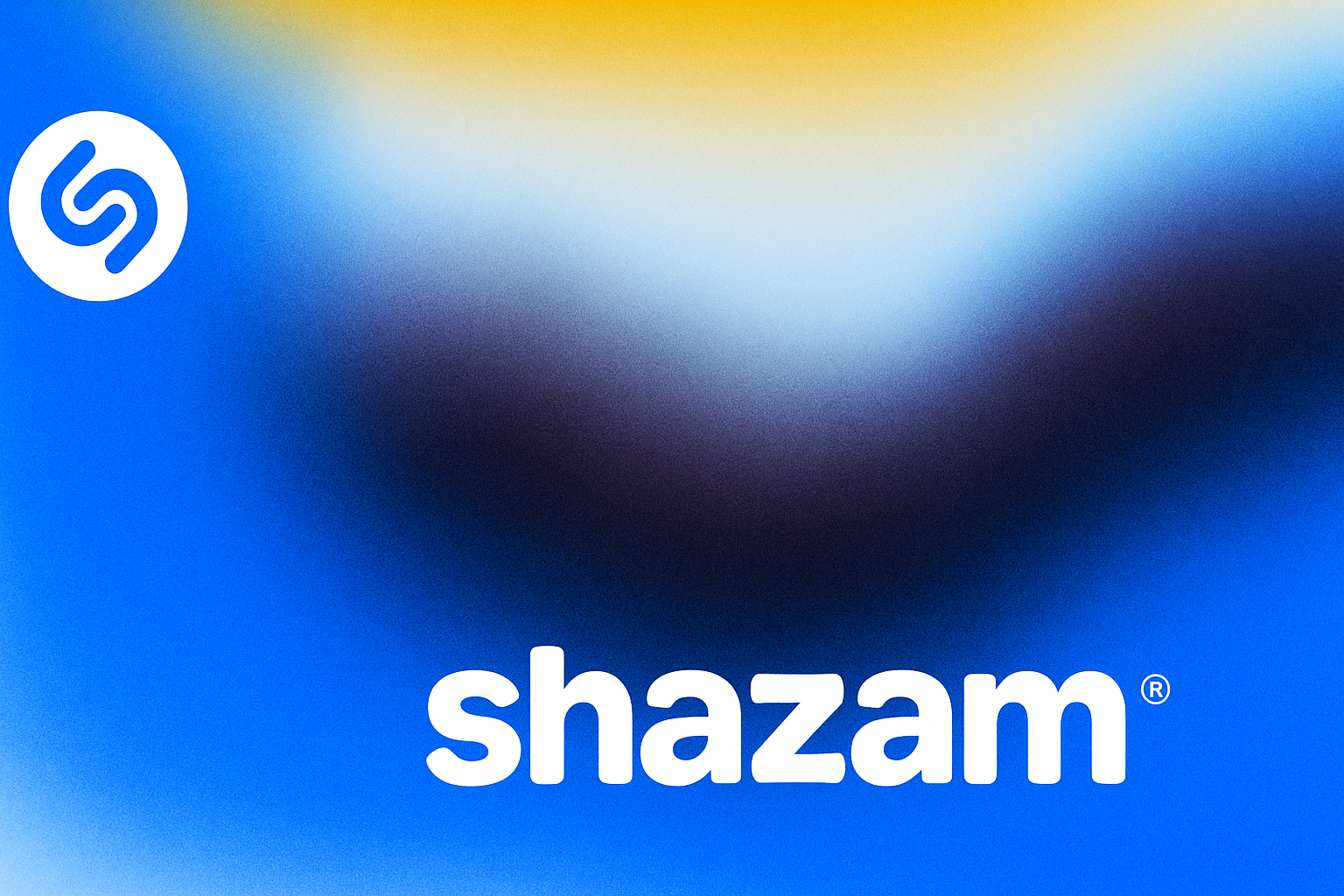The music industry is constantly evolving, and is now experiencing a real increase in its offer: each day, the number of new tracks released every day is growing exponentially.
As an example, Spotify has revealed that it has been adding almost 49,000 new tracks per day to its catalog in 2022. This compares with 27,000 in 2019. By the end of 2022, the Swedish giant’s catalog already featured over 100 million tracks, with no fewer than 8 million artists.
Today, it is estimated that almost 100,000 new tracks are added each day to the music streaming platforms (SoundCloud, Spotify, Apple and others), regardless of the day of the week.
But what are the causes of this phenomenon, and what future does it hold for the music industry?
How can this be explained?
This phenomenon can be justified by several factors.
Firstly, we can talk about ease of production: music today is much cheaper to produce. In the past, it was imperative to record in a studio and with musicians, but today digital technology has taken over. Artists no longer necessarily record in studios, production softwares have taken over from physical instruments, and there are even music generators with artificial intelligence. Producing music can now be done more cheaply, making it more accessible for an artist to produce multiple tracks.
In addition, there has been an explosion and democratization of offers to put music online: anybody can now put their music online. For example, distributors offer attractive deals for independent artists, and some platforms such as Soundcloud allow any user to publish their track directly on the platform.
Last but not least, a trend towards shorter tracks has begun to emerge in recent years. In fact, according to a study by the American website Quartz, the average length of a song fell from 4 minutes and 16 seconds in 1998 to 3 minutes and 3 seconds in 2019.
Could this be a result of the trend towards shorter digital formats (notably with TikTok), of consumers’ diminished attention spans, or perhaps simply a desire to make more short tracks to boost earnings? In any case, the figures speak for themselves: in the space of twenty years, the length of songs has radically decreased, and it’s even estimated that it will be only 2 minutes on average by 2030, according to the British firm Future Laboratory.
Basically, it’s much easier for artists today to release their music, and this would explain the leap in the number of daily releases we’re currently experiencing.
What are the consequences?
But then, what are the consequences engendered by this limitless increase in new releases?
For artists and labels, the debate is mixed.
Indeed, the context allows smaller artists to have a chance to promote themselves and offer their music in a catalog. Here, music streaming platforms benefit independent artists, who outnumber those signed to major labels. According to the Financial Times, in 2020, independent artists released 9.5 million tracks, compared with 1.2 million for major label artists.
Nevertheless, more new titles means more competition. It’s becoming difficult for artists to make themselves heard and stand out among the 100,000 daily releases: it’s estimated, for example, that 80% of artists on Spotify have fewer than 50 monthly listeners! As a result, artists and labels are finding it increasingly difficult to promote developing artists, given the large number of releases on offer. This becomes even more problematic from a remuneration point of view, since they live on catalog revenues: independent artists see their chances of standing out from the crowd diminishing.
For big artists, chart domination is also more complicated. Artists don’t stay at number 1 as long as before in the face of constant new releases! In 2016, the Vox media studied the number of weeks elapsed between the first and last “peaks” of the top 50 Billboard artists in the Hot 100. The study showed that, in the past, top artists could be present in the Billboard charts for up to several decades: this was the case, for example, of Elvis Presley (47 years), Michael Jackson (46 years) and Prince (38 years). At the same time, the study showed that top artists who arrived after the 2000s didn’t stay in the charts as long, such as Taylor Swift (9 years) or Adele (8 years).
For distributors, aggregators and music creation applications, however, this increase is a boon: more and more artists are looking to create new tracks and distribute them. This increase benefits them, since aggregators are paid on a per-song basis.
As an example, DistroKid announced in 2021 that the platform was receiving almost 35,000 new tracks every day, an average of over a million a month! In the same year, the platform’s catalog contained nearly 20 million tracks, with over 2 million artists. By comparison, only 250,000 artists were registered on the platform 2 years earlier.
Finally, for listeners and streaming platforms, there’s also a problem. While access to music may be easier for listeners, it’s impossible for them to listen to every single track released on a daily basis. The power of streaming platforms lies in recommendation. It’s obvious, then, that with the explosion in the number of new tracks released everyday, it’s all about recommending tracks to listeners. Yet listeners could be missing out on lesser-known artists, without being any less talented.
“We need to make life fairer for creators, otherwise we’ll lose the next Paul McCartney“, warns Björn Ulvaeus, President of CISAC, the International Confederation of Societies of Authors and Composers.
It’s up to each and every one of them to make their mark and be heard… Perhaps via other types of platforms? TikTok, for example, could be an alternative, since this social media offers small artists the chance to make a name for themselves quickly and easily, thanks to the virality generated by the platform.



